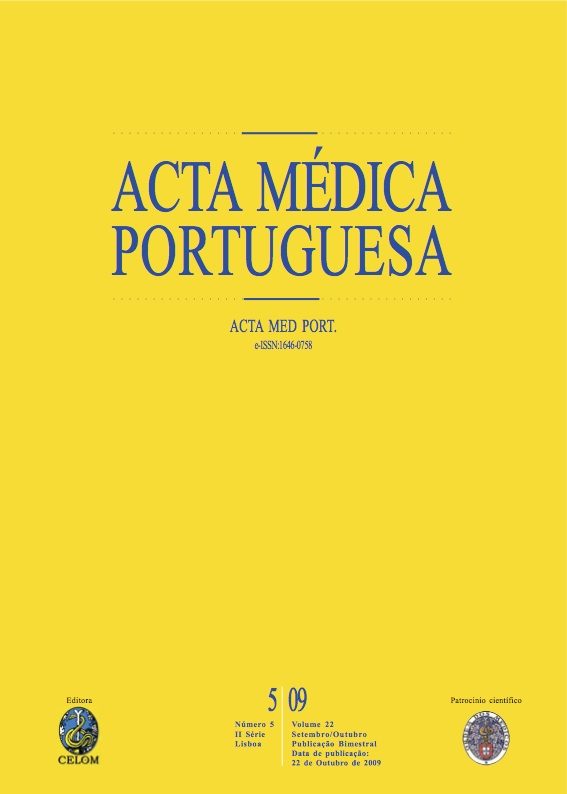Eosinophilic esophagitis: increasing incidence in paediatric population.
DOI:
https://doi.org/10.20344/amp.1714Abstract
Eosinophilic Esophagitis has been increasingly diagnosed and results from a chronic esophagic inflammation with eosinophilic infiltrate.Evaluation of the diagnosed paediatric cases in our centre between 2004 and 2008 and revision of current literature on this subject.Four caucasian boys, aged eight to fifteen years old, were diagnosed with Eosinophilic Esophagitis. They presented with disphagia and food impaction and endoscopic findings included multiple concentric rings (pseudo-trachea pattern) and friable mucosa. All of them had mucosal eosinophil counts higher than 20 eosinophils/high-powered field and were given corticosteroids, either topic or systemic (one case) with therapeutic success.The diagnosis of Eosinophilic Esophagitis must be considered in presence of disphagia, food impaction or gastroesophageal reflux symptoms refractory to treatment. Endoscopic evaluation may be normal and the diagnosis is based on histological findings, making biopsy mandatory whenever clinically suspected. The increasing incidence of the last years associated with the high recurrence rate will lead to future prevalence increased both in child and adulthood.Downloads
Downloads
How to Cite
Issue
Section
License
All the articles published in the AMP are open access and comply with the requirements of funding agencies or academic institutions. The AMP is governed by the terms of the Creative Commons ‘Attribution – Non-Commercial Use - (CC-BY-NC)’ license, regarding the use by third parties.
It is the author’s responsibility to obtain approval for the reproduction of figures, tables, etc. from other publications.
Upon acceptance of an article for publication, the authors will be asked to complete the ICMJE “Copyright Liability and Copyright Sharing Statement “(http://www.actamedicaportuguesa.com/info/AMP-NormasPublicacao.pdf) and the “Declaration of Potential Conflicts of Interest” (http:// www.icmje.org/conflicts-of-interest). An e-mail will be sent to the corresponding author to acknowledge receipt of the manuscript.
After publication, the authors are authorised to make their articles available in repositories of their institutions of origin, as long as they always mention where they were published and according to the Creative Commons license.









